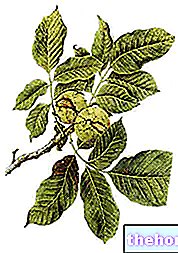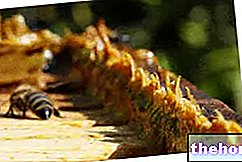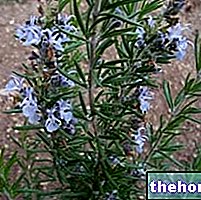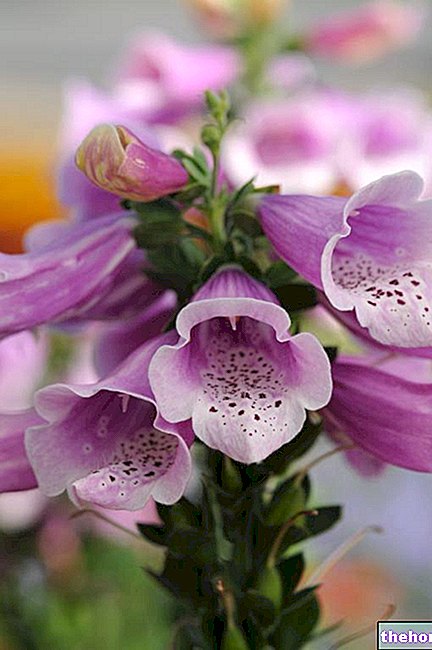Role of Natural Supplements
Diabetes requires traditional pharmacological treatment, but alongside this therapy, the use of medicinal plants active on glucose metabolism may be useful: in fact, in cases of mild hyperglycemia, a correct diet - associated with a correct lifestyle, and the use of appropriate herbal teas - may suffice, while in the most serious cases (when diabetes is overt) the synthetic drugs - which are indispensable - can be accompanied by some types of antidiabetic herbal teas, always paying attention not to incur unwanted effects or in unwanted interactions.

Eucalyptus
Eucalyptus leaves (Eucaliptus globulus): Eucalyptus seems to act as a hypoglycemic agent due to the presence, among its chemical components, of polyphenols with an antioxidant effect, and of tannins capable of preventing the digestion of amylaceous substances and reducing glycogenolysis in the tissues.
Myrtle
Myrtle (Myrtus communis): myrtle acts as an alpha-glucosidase inhibitor; it therefore inhibits the action of the intestinal enzyme which - by transforming sugars from complex to simple - allows intestinal absorption of glucose.
Elder
Elderberry (Sambucus nigra): elder is used for its inflorescences which, containing terpenoids and phytosterols (beta-sitosterol), seem to have an "insulin-stimulating action.
Galega
Galega officinalis: galega is a plant known mainly for its galactogenic activity, but also hypoglycemic; the latter would derive from the enhancement of the effects of insulin, from the reduction of hepatic glucose synthesis and from the strengthening of peripheral glucose uptake by the muscle. The seeds of the galega are used as a therapeutic drug, which contain the active principle galegina, a guanidine derivative with true hypoglycemic activity; Galley, a hypoglycemic alkaloid, has the same activities as synthetic biguanides and has the same side effects but greater tolerability: it acts at the level of the alpha cells of the pancreas by inhibiting the production of glucagon and increasing the sensitivity of peripheral tissues to insulin. underline that galega must be used under strict medical supervision and that when fresh it can be toxic.
Opuntia
Opuntia (Opuntia streptacantha): opuntia is a succulent plant native to Mexico; it is commonly found in the United States and is used in phytotherapy for its cladodes, which in their spongy tissues contain lipids, proteins, but above all high molecular weight polysaccharides (pectins, cellulose, xylose and galacturonic acid). And "precisely to the polysaccharide fraction, opuntia mannano, which are ascribed to the therapeutic properties that can be exploited in diabetic pathology: in fact, the polysaccharides adsorb nutrients, sugars and cholesterol in the intestinal lumen; in so doing they block its absorption.
Gimnema
Gimnema (Silvestre gymnema): climbing plant native to India and Africa; the therapeutic drug is given by its leaves, which contain gymnemic acids (glycosidic acids), amino acids, choline, betaine, adenine and trimethylamine oxide. The hypoglycemic action is to be ascribed to gymnemic acids, which reduce the intestinal absorption of glucose and stimulate the activity of pancreatic beta cells in the production of insulin.
American ginseng
American ginseng (Panax quinquefolius): be careful not to confuse it with Korean Ginseng, although both types contain ginsenosides and are used in herbal medicine for their roots, or rhizomes. American ginseng, due to the presence of polysaccharides and ginsenosides, reduces the absorption of carbohydrates, promotes the release of insulin and increases tissue uptake of glucose (one hypothesis seems to be that of an increase in the number of insulin receptors) .
Other articles on "Medicinal Plants and Diabetes"
- Natural remedies and herbal teas for diabetes
- Herbal teas and diabetes























-nelle-carni-di-maiale.jpg)




